I’m responding to a forum thread that attacks not any particular sighting report or analysis of any sighting: It attacks me. I will not attack the critics in retaliation but feel it better to answer a few of their comments. The original forum thread title was “Jonathan Whitcomb: Pterodactyl Expert.” (I did not participate on that cryptozoology.com forum discussion.)
#1 From “ape man”
Do you know what Johnathon Whitcomb’s solitary expert qualifications are? The expert qualifications listed in his book and on every creationist website? Here you go:
Jonathan D. Whitcomb, certified court videographer
#1 Reply
My lack of qualifications in paleontology is irrelevant in cryptozoology. I do not examine fossils of pterodactyls, I examine eyewitness testimony. Many other interviewers (police officers, FBI agents, military specialists) may be better qualified to interview eyewitnesses of apparent living pterosaurs, but none of them seem to have become involved in this special field of cryptozoology. One qualification I have acquired is the ability to get in touch with the eyewitnesses and to communicate with them in a way that they do not feel threatened. I doubt if my critics, those who accuse me of lies, would make those eyewitnesses feel as comfortable.
#2 from “ape man”
“His invented monster is different than any known pterosaur”
#2 Reply
What “invented monster” is “ape man” referring to? My overall conclusion, after more than eight years of research, is that there are a number of species of pterosaurs living in various parts of the world, with various differences in appearance. What do the important sightings have in common? Descriptions of the flying creatures (often called “pterodactyls”) suggest a modern pterosaur far more than they suggest any misidentification or hallucination or hoax.
Religion is the Issue
The critics who attack me are upset because of my writings on the Biblical relationship with modern pterosaurs. Just a quote or two will make this clear:
“He is really nothing more than a flag bearing creationist leading a charge against evolution on the back of a flying reptile. His quest makes Don Quixote look like a paradigm of sanity.”
This strikes me as interesting (I have no bruises from those remarks), for over 90% of my writings (up to early 2012, at least) make no mention of the religious aspects of the existence of modern living pterosaurs. For those eyewitness accounts that I have found more credible, I write more often. On occasion I write about misidentifications, for example, what sightings are very likely Frigate Birds. I invite those who want to know the truth to read my books and blog posts and peer-reviewed scientific paper (“Reports of Living Pterosaurs in the Southwest Pacific”), before assuming that I must be afflicted with the worst possible case of insanity.
“Pterodactyl Expert” on Modern Pterosaur
. . . Whitcomb is nothing like a paleontologist. He probably could not tell the species of a fossil of one if he dug it up himself. He is a cryptozoologist who interviews eyewitnesses of what many call “pterodactyls,” which is simply the name many non-paleontologists use for “pterosaur.” He searches for the eyewitnesses who think that they have seen modern pterosaurs, and he tries to figure out if they misidentified a bird or a bat or if they saw what they think that they did.



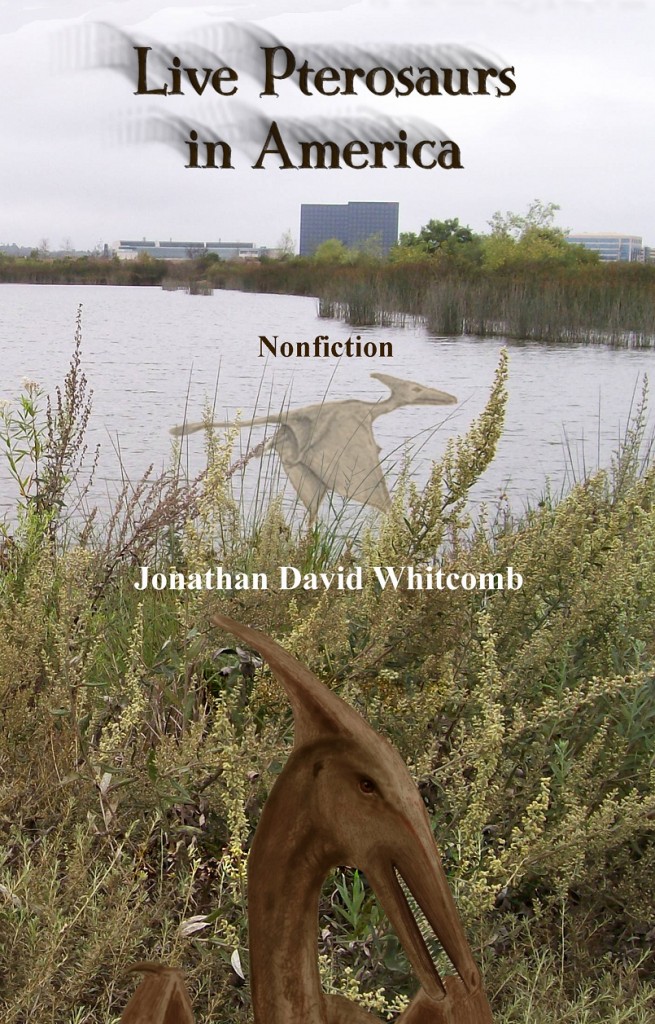

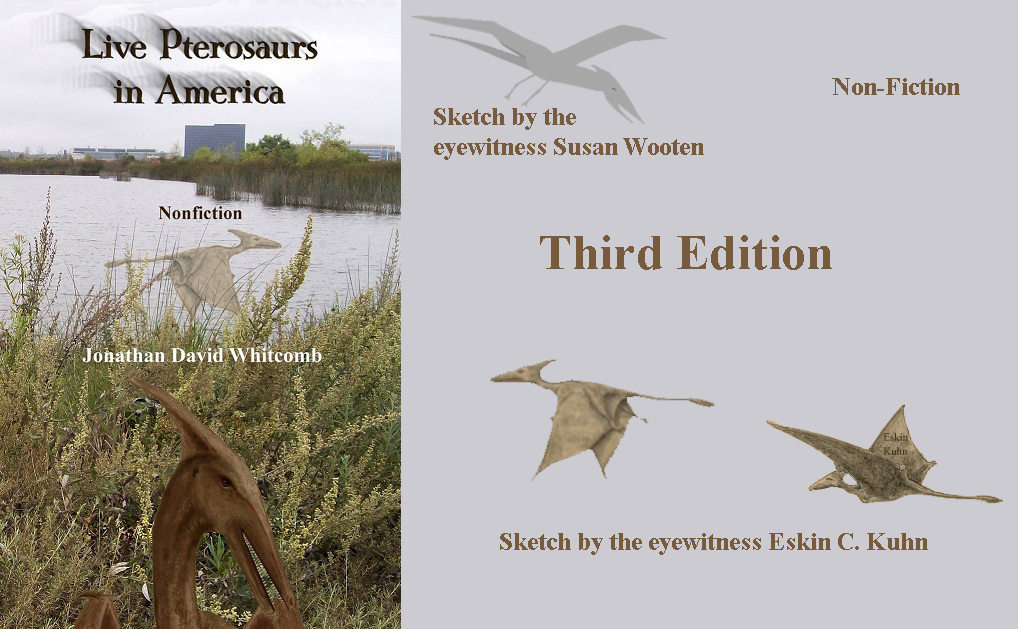
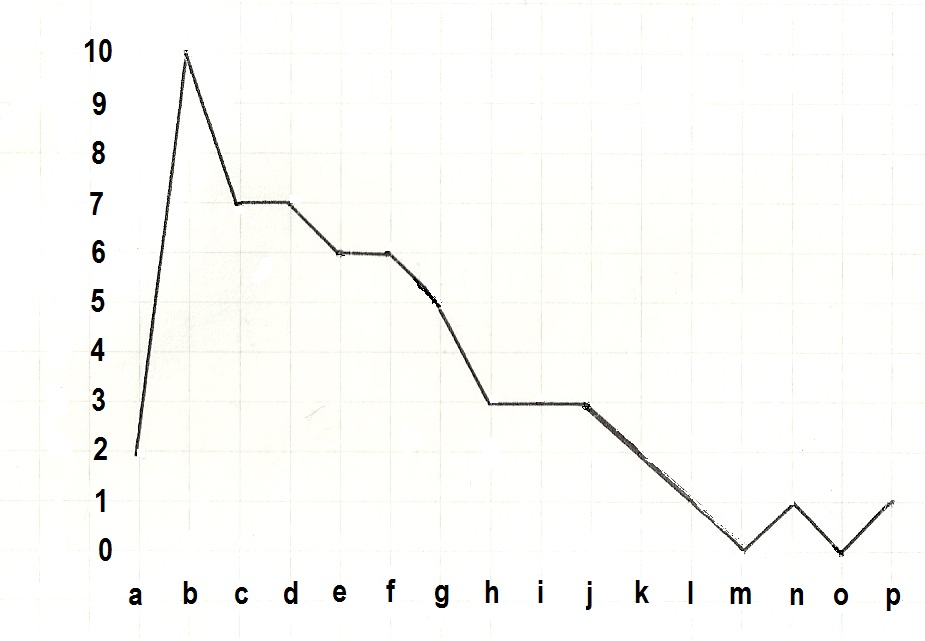
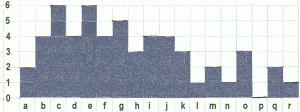
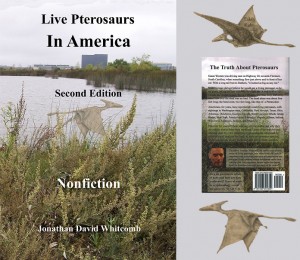 Live Pterosaurs in America
Live Pterosaurs in America